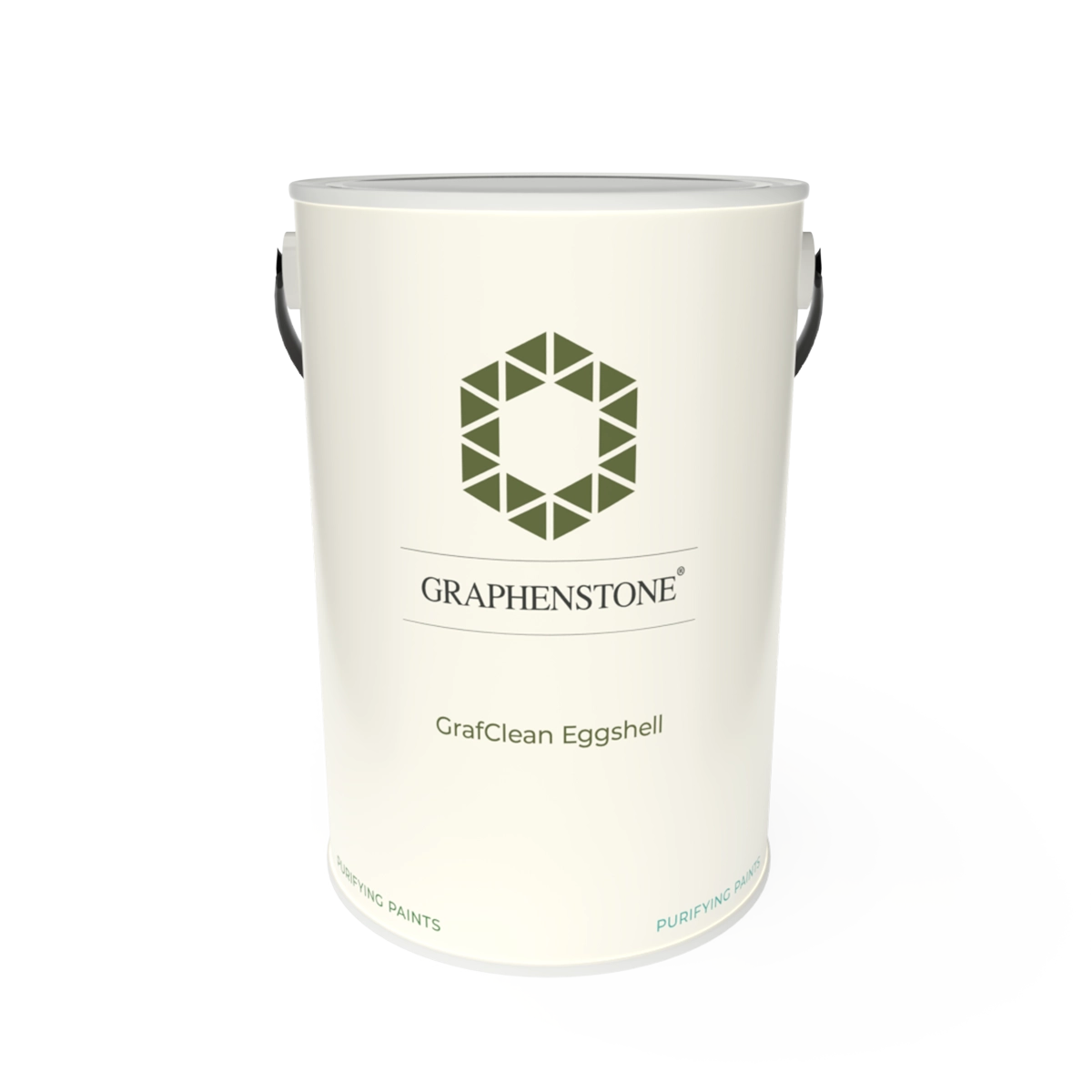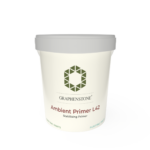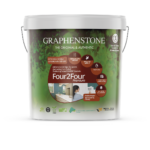Showing all 2 results
Furniture paint
Trying to paint wood furniture and joinery is one of the trickier tasks of home improvement and DIY to get right. Suitable paints must meet certain requirements in order to get the finish you want, for the number of years you’d like. These requirements are incredibly difficult to meet. For this reason, the paint industry has typically turned to synergic materials like acrylic plastic, in order to engineer coatings with the properties they require. These sorts of paints are of course incredibly damaging to both your health and the environment. Graphenstone has the answer – the best paint brand for furniture.
So what are these attributes of the best kind of paint for wood furniture? Firstly, it must have a high level of sheen. This is due to sheen paints having a much higher resistance to the everyday knocks and bumps of the house. If you think about it, furniture and joinery tend to be the primary victims of such bumps and bruises. Furniture gets dragged around and bumped off table legs. Skirting boards get consistently scuffed by shoes, as do the bottom of doors. Windows frames are subject to consistent friction against the window ledge. Sheen paints can put up with these everyday knocks and grazes, but chalky furniture paints would simply mark and chip away. Many homeowners enjoy the shabby chic look of chipped chalk paints on furniture – fair enough! But if you’re wanting to avoid this look, best to use a sheen paint.
Furniture paints also require a certain amount of flexibility and elasticity in order to deal with something called differential expansion. Throughout the year, as temperatures swing between hot and cold, the actual fabric of your house will expand and contract accordingly. This is why you so often seen hairline cracks appear in paint along wooden beams and in the corners of rooms. As you can imagine, wood is particularly susceptible to differential expansion due to its high vapour permeability. Moisture gets into the wood and evaporates, causing it to expand. So, in short, furniture and joinery requires an elastic paint that can stretch to accommodate for its expansion and contraction without cracking.
So how are these characteristics engineered into paint? The use of synthetic materials is and has been the short cut. Over the last few decades, the paint industry has comprehensively migrated towards synthetic materials, particularly acrylic (plastic). Plastic is a tough, durable and easily washable material, but this migration has posed dangerous consequences for the environment and the health of paint users everywhere. Acrylic paints have incredibly high VOC content – Volatile Organic Compounds. VOCs are carcinogenic chemical agents, and acrylic paints are the second largest source of VOCs after car exhausts themselves. This is a quite startling and remarkable fact. According to the World Health Organisation, these VOCs cause decorators to be 40% more likely to contract lung cancer, and paints only emit half of their VOCs in the first year. You, your friends, family and children are exposed to that same toxicity over time. We are making a very toxic compromise, simply because natural building materials don’t offer the attributes we require.
Graphenstone are changing that trend. Our graphene nanotechnology brings the strength, elasticity, sheen and washability of acrylic to natural paints for the first time in history. We are able to engineer the characteristics required from furniture paints into natural paint, without using the poisonous synthetics that are so damaging to our health and environment. Graphenstone furniture paints have a eggshell finish, never before seen in a 100% natural paint. This allows furniture and joinery to easily withstand the everyday bumps and scrapes they inevitably face. Graphene is also remarkably elastic, so our graphene infusion imbues our paints with a high degree of flexibility and stretch. This makes Graphenstone paints the perfect solution, as they can stretch to accommodate the expansion and contraction that furniture / joinery face with the seasons.
Graphenstone furniture paint colours
Traditionally, natural paints have offered a poor colour range when compared to their acrylic competitors – most of our natural competitors offer less than 100 shades. This presents a huge problem for customers, as they don’t have the freedom to create the beautiful matt emulsion finish to match the colour palette of their bathroom tiles, shower curtains and general decor. This can really throw a spanner in the works of your dream bathroom painting project, making the majority of natural paints simply unviable. Here at Graphenstone we’ve refused to follow this trend, offering our bathroom paints in an incredible range of 980 colours according the Natural Colour System (NCS). We have a core range of 72 house colours which can be delivered in 2-3 days. Alternatively, get in touch with us directly to order from the wider NCS 980, or request a bespoke colour. Our white paints, along with primers, are delivered by Next Day Delivery.
How to paint furniture with Graphenstone paints
Firstly, it’s critical to know the generic technique for painting furniture and joinery – strip, sand and paint are three words that bring fear to the home improver!
Before all, consider your vision and try to discern the finish you are looking for. Very popular at the moment is the shabby chic look, with chips of paints at the corners of drawers and legs. For this you’ll need a matte, chalky furniture paint finish – try GrafClean Premium! If you’re after the classic luxurious satin finish of traditional furniture, you’ll want to use a semi-gloss paint – the best choice here would be GrafClean Eggshell Premium!
Next comes surface preparation. It’s crucial to ensure the surface of the furniture you are painting on is completely clean, dry and free from any surface contaminants such as wax, furniture polish, first or dust etc. These contaminants will prevent the paint from achieving a good finish. We recommend using fine grit sandpaper to sand the item to get rid of any wax or polish, then washing the item thoroughly with a hot water / detergent solution, running away any soap residue with clean warm water. Then leave the item to dry before a final wipe with white spirit. Before painting with Graphenstone’s wood paint ‘Grafclean Eggshell’, it’s very important to prime the wood first, using Graphenstone ‘Four2Four’, to ensure good adherence of the paint to the wood.
You can paint on top of an existing paint or varnish without a primer. In this scenario, we recommend the above steps followed by a light sanding of the existing coating with fine grit sandpaper, to help with adherence.
Priming is key when painting directly onto wood, metal or ceramic furniture. The primer will seal the surface, providing a clean platform for adherence of your paint, which will significantly improve the longevity and appearance of your paint finish. Our specialist primer for wood, metal and ceramics is Four2Four Premium.
Application of Graphenstone furniture paints
Please note our furniture paints come undiluted. This ensures our pot weights remain low and thus our shipping footprint is as environmentally friendly as possible. Before use, be sure to dilute our paints with 10-15% water according to the labelled instructions, and stir (excluding our 100ml sample pots). Our paints may be rolled, brushed or sprayed according to requirements.
On furniture or joinery, we would recommend the use of our GrafClean product.
FAQs
For other questions, please refer to the downloadable Technical Data Sheets for the product you are interested in, visit our FAQs section, or email info@graphenstone.co.uk.





